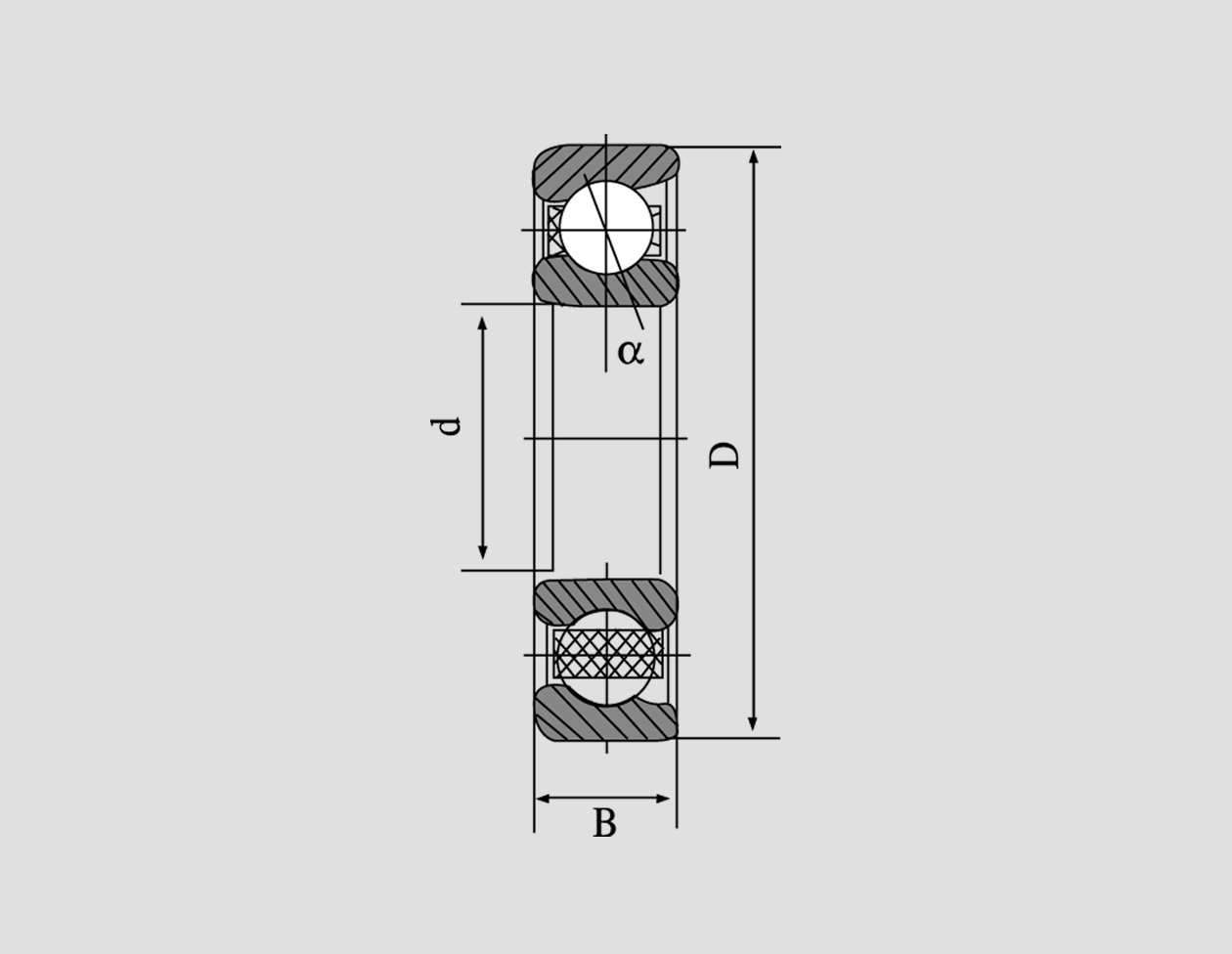
Nov . 08, 2024 19:38 Back to list
spherical roller bearing uses
Understanding the Uses of Spherical Roller Bearings
Spherical roller bearings (SRBs) are specialized types of rolling element bearings designed to accommodate both radial and axial loads in various applications. This unique capability, along with their ability to self-align, makes them an integral part of many mechanical systems. In this article, we will explore the various uses of spherical roller bearings, their advantages, and the contexts in which they are typically employed.
Key Characteristics of Spherical Roller Bearings
Spherical roller bearings consist of an outer ring with a concave raceway, an inner ring with two or more rows of rolling elements, and a cage. This design allows for angular misalignment between the shaft and housing, making SRBs suitable for applications where shaft deflection or misalignment can occur. Furthermore, they can support high radial loads, and moderate axial loads in both directions, which adds to their versatility.
Industrial Applications
One of the most prominent areas where spherical roller bearings are used is in heavy machinery and industrial equipment. Applications include
1. Construction Equipment SRBs are essential components in gearboxes, rotary tables, and swing mechanisms of excavators, bulldozers, and cranes. They enable these machines to handle heavy loads while providing the necessary flexibility to accommodate movement and vibration.
2. Mining Industry In the mining sector, spherical roller bearings are employed in crushers, ball mills, and conveyor systems. These machinery components operate under harsh conditions, including extreme temperatures and exposure to dust and debris, making the robust performance of SRBs crucial.
3. Wind Turbines As the focus on renewable energy grows, the use of spherical roller bearings in wind turbine systems has increased. They help support the rotor shafts and allow for the rotational movement while compensating for misalignment due to aerodynamic forces.
spherical roller bearing uses

4. Railway and Transportation Spherical roller bearings are also used in railway applications, including wheel sets and traction motors. Their ability to handle heavy loads and absorb shocks makes them ideal for maintaining the integrity and performance of train systems.
Advantages of Spherical Roller Bearings
The use of spherical roller bearings comes with several advantages that enhance the performance of various mechanical systems
1. Self-Alignment The ability to self-align means that SRBs can accommodate shaft misalignments without leading to premature failure. This is particularly beneficial in applications where precise alignment is difficult to maintain.
2. Load Capacity Spherical roller bearings have a high radial load capacity and can also handle axial loads, making them suitable for heavy-duty applications.
3. Durability With proper lubrication and maintenance, spherical roller bearings exhibit a long service life, reducing the need for frequent replacements and minimizing downtime.
4. Versatility Their design allows them to be used in a wide range of applications across different industries, thus contributing to their overall popularity.
Conclusion
Spherical roller bearings play a vital role in various sectors, from construction and mining to renewable energy and transportation. Their unique ability to handle both radial and axial loads, along with their self-aligning properties, makes them essential components in numerous applications. As industries continue to evolve, the demand for reliable and efficient bearing systems will only increase. Understanding the applications and advantages of spherical roller bearings is crucial for engineers and industry professionals who aim to enhance machinery performance and longevity. By choosing the right bearing for specific applications, companies can improve operational efficiency, reduce maintenance costs, and ensure the safety and reliability of their equipment.
Latest news
-
Spherical Roller Bearings Applications: Heavy Duty, Self-Aligning
NewsAug.30,2025
-
Premium Deep Groove Ball Bearings | High Speed & Reliability
NewsAug.29,2025
-
Durable Scaffolding Clamps - Secure & Reliable Tube Connectors
NewsAug.28,2025
-
Common Failures in Thrust Ball Bearings and Solutions
NewsAug.22,2025
-
How Tapered Roller Bearings Can Take Shock Loads
NewsAug.22,2025
-
Angular Bearings in High-Precision Spindles
NewsAug.22,2025
